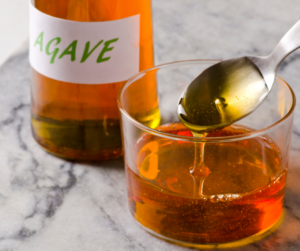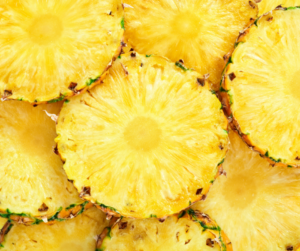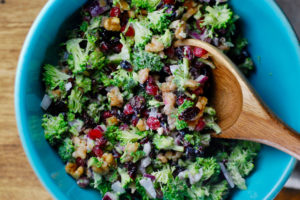1. Agave Syrup
Agave nectar is a syrupy sweetener that is often considered a healthy food because it is categorized as low-glycemic (a measure of how specific carbohydrate-containing foods raise blood sugar). The problem is that agave nectar is high in fructose, which is hard on the liver and could contribute to fatty liver disease and insulin resistance. Also, although it may raise your blood sugar more slowly, it may also raise it just as high over a longer period, which isn’t necessarily better.
2. Whole Grains
Whole grains: We’ve all heard the downsides of wheat and how gluten can be bad for your health in a myriad of ways. However, gluten-free grains as well as whole or sprouted grains have similar proteins to gluten, which can contribute to inflammation and are still extremely high in amylose sugars. An overload of these can lead to blood sugar spikes, insulin resistance, and inflammation – all risk factors (or markers) for diabetes.
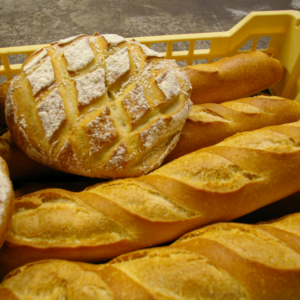
3. High Fructose Fruit/Dried Fruit
Higher fructose fruit/dried Fruit is unprocessed and contains only natural sugars, so you may think it’s a healthy food. However, for people with blood sugar problems, those natural fructose sugars can still cause problems. If you know you have blood sugar issues, it’s important to limit high-fructose fruits such as pineapple, watermelon, pears, and cherries. But don’t fear fruit! There are many lower fructose fruits with great nutritional profiles, especially berries and melons of all kinds. You may find these fruits don’t give you any problem. For the most part, I typically suggest limiting fruit to a couple servings per day.
4. Fruit Juice
Fruit Juice is the same as the above “so-called healthy food”, but even worse, because it has had all the fiber removed and sugars concentrated into an easy-to-suck down blood sugar bomb. Not only that, but processed juices from manufacturers contain flavor enhancers and preservatives. The only time fruit juice could be considered a healthy food would be when you press it yourself from organic fruit and consume it the same day.
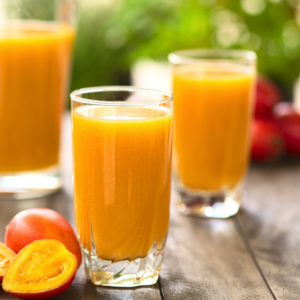
5. Legumes and Beans
Legumes/Beans contain a large amount of starch and fiber that can help feed the good bacteria in your microbiome – and they are generally low glycemic. However, the lectin and phytate proteins in legumes can cause bloating and gas and continue to drive inflammation. Not only that, but some people have a high sensitivity or abnormal response to these starches. If your blood sugar problems are a mystery, it could help to use a Continuous Glucose Monitor to see if you’re having normal or unexpected insulin responses to these foods.
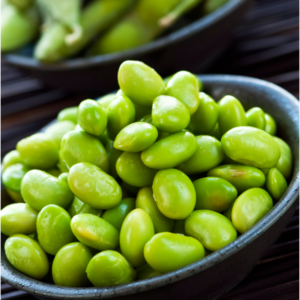
6. Starchy Vegetables
Too many starchy vegetables: Your body quickly converts carbohydrates to glucose. By emphasizing starchy vegetables (potatoes, squash) in your diet can contribute to blood sugar imbalance. Better to reach for non-starchy vegetables like dark leafy greens and sulfur-rich veggies like broccoli, onions, and mushrooms, and keep starchy veggies like sweet potatoes, beets, and squash to a minimum.
7. PUFAs
Polyunsaturated Fatty Acids (PUFAs): Anyone with blood sugar problems needs to eat plenty of healthy fats to help transition the body from burning sugar to burning fat, a great remedy for unstable blood sugar. However, when that fat comes from processed polyunsaturated fatty acid (PUFA) oils found in vegetable, canola, sunflower, corn, and soybean oils, you could be doing more harm than good. Touted as “heart healthy foods,” these oils are actually highly processed and oxidize easily with heat and air exposure. This can exacerbate inflammation, which in turn can worsen insulin resistance, high cholesterol, and blood sugar problems.
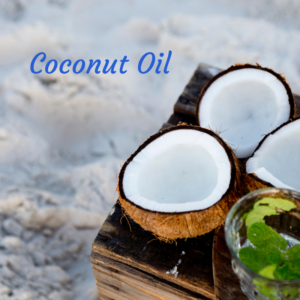
Fructose: Lurking in So-Called Healthy Foods
The bottom line is that although fruits and simple carbohydrates are delicious and readily available, some people can have an exaggerated insulin response to the fructose. Especially when it’s not balanced with other types of carbohydrate, protein, or fat, your individual response may be not-so-healthy. But you don’t know if you don’t test!
If you’re having blood sugar and insulin issues even though you’re working hard, eating healthy food, you may need to investigate further. A month-long trial with a Continuous Glucose Monitor could reveal a lot. And possibly the best new daily habit you could do is go for a walk after every meal. It helps your metabolism deal with the carbohydrates and protect against internal inflammation.



